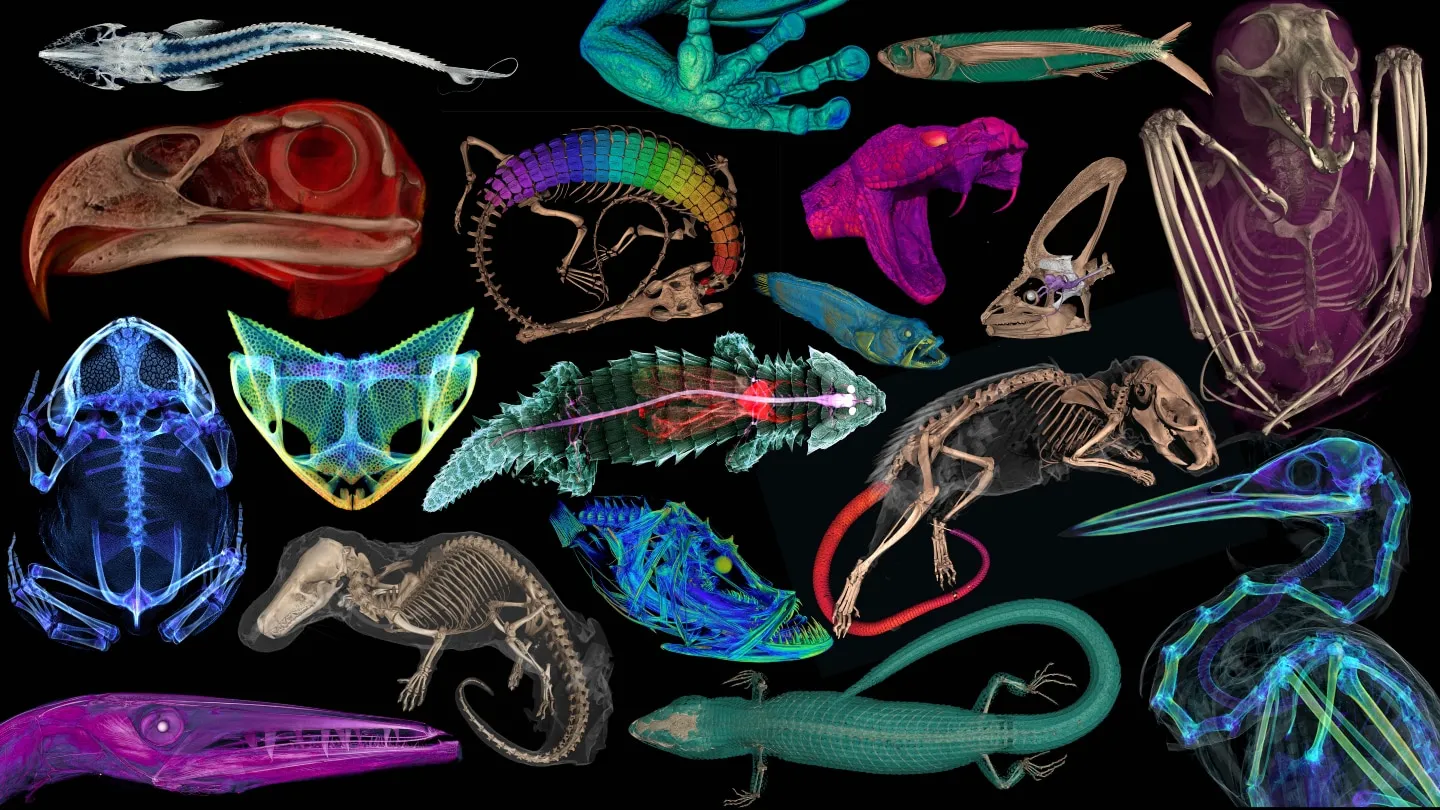Amidst the quirky world of museum specimens lies an extraordinary endeavor: the CT scanning of frog entrails, lizard scales, and mouse tails. This intriguing project, spanning six years under the banner of openVertebrate, or oVert, aimed to revolutionize access to vertebrate specimens through the creation of 3-D digital reconstructions. Detailed in a recent publication in BioScience, the initiative sought to break the traditional mold of specimens languishing in storage, offering them freely online for exploration.
These digital replicas not only democratize museum collections but also offer a captivating peek into animal anatomy, all without the need for scalpels or dissection equipment.
“The real excitement lies in uncovering the unexpected, the marvels that emerge,” enthuses evolutionary biologist Edward Stanley of the Florida Museum of Natural History at the University of Florida in Gainesville. From parasitic infections to novel insights into animal physiology, each scan reveals a treasure trove of discoveries.
For instance, CT scans of pumpkin toadlets’ inner ears revealed the reason behind their clumsy hops—a peculiar ear structure. Similarly, images of spiny mice unveiled their tails’ surprising armor-like bony covering, reminiscent of an armadillo’s.
Over the course of the oVert initiative, Stanley and a network of researchers from 25 institutions embarked on a journey to scan fluid-preserved specimens representing over half of all known vertebrate genera. From chameleons to eagles, the project illuminated the intricate skeletons and internal structures of diverse species. Some specimens underwent iodine soaking to enhance the visibility of internal organs and muscles before being delicately mounted inside tubes for scanning. Yet, accommodating non-cylindrical subjects posed a unique challenge, prompting the team to employ inventive solutions like bubble wrap, packing peanuts, and plastic Coke bottles to secure the specimens without hindering the scan.
Beyond vertebrates, the potential applications of this technology extend to digitizing other organisms tucked away in natural history collections, including invertebrates and plants. Moreover, the tantalizing prospect of employing similar scanning techniques on living vertebrates opens doors to a myriad of future possibilities.
